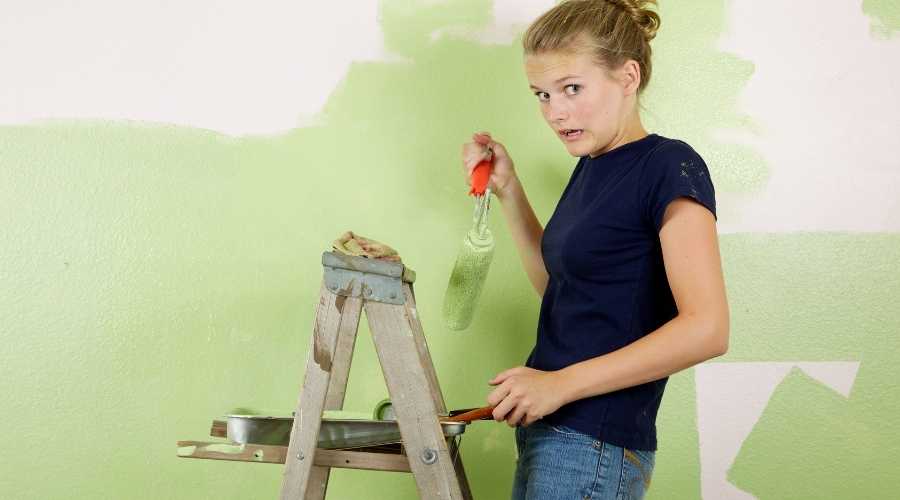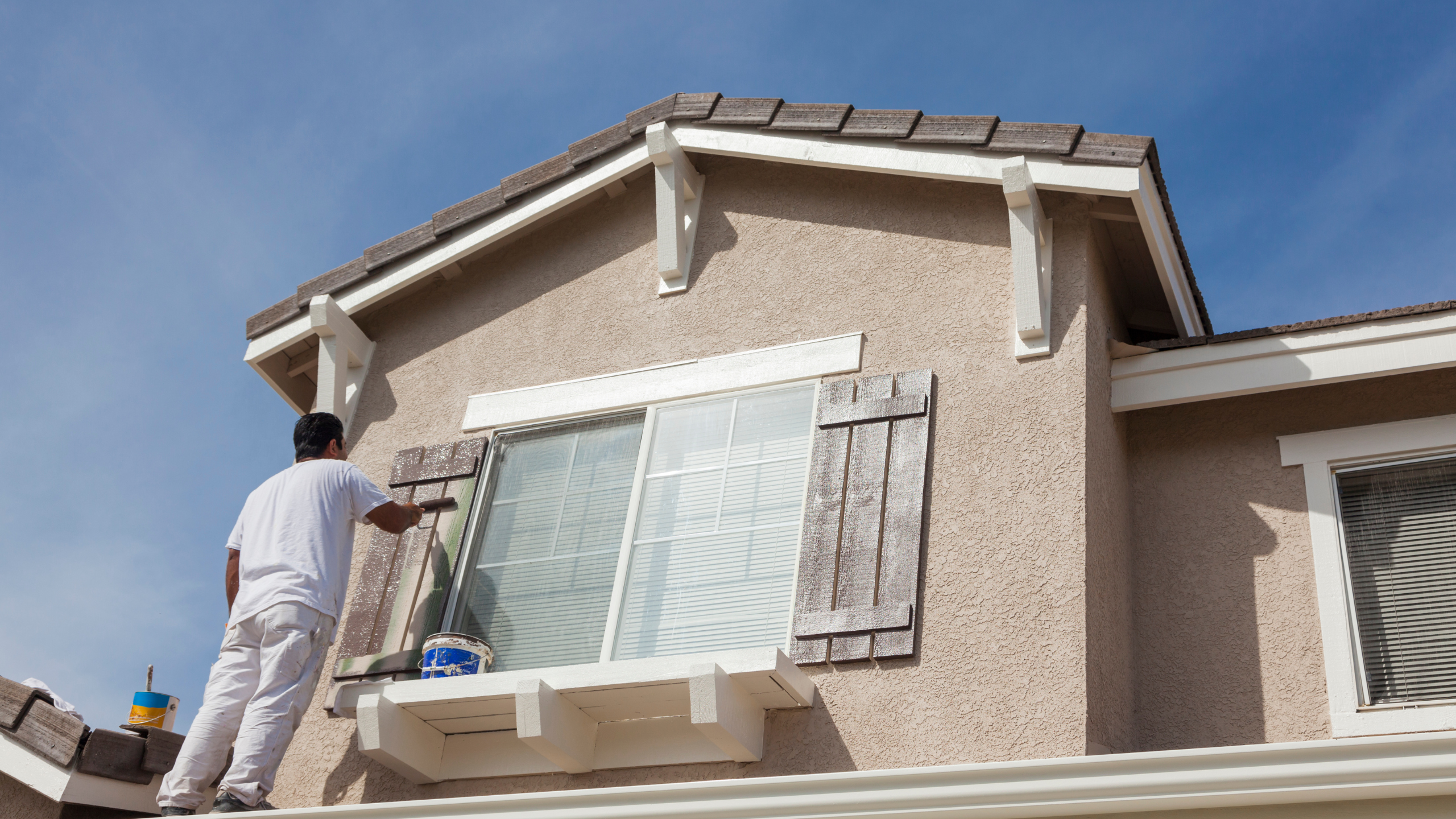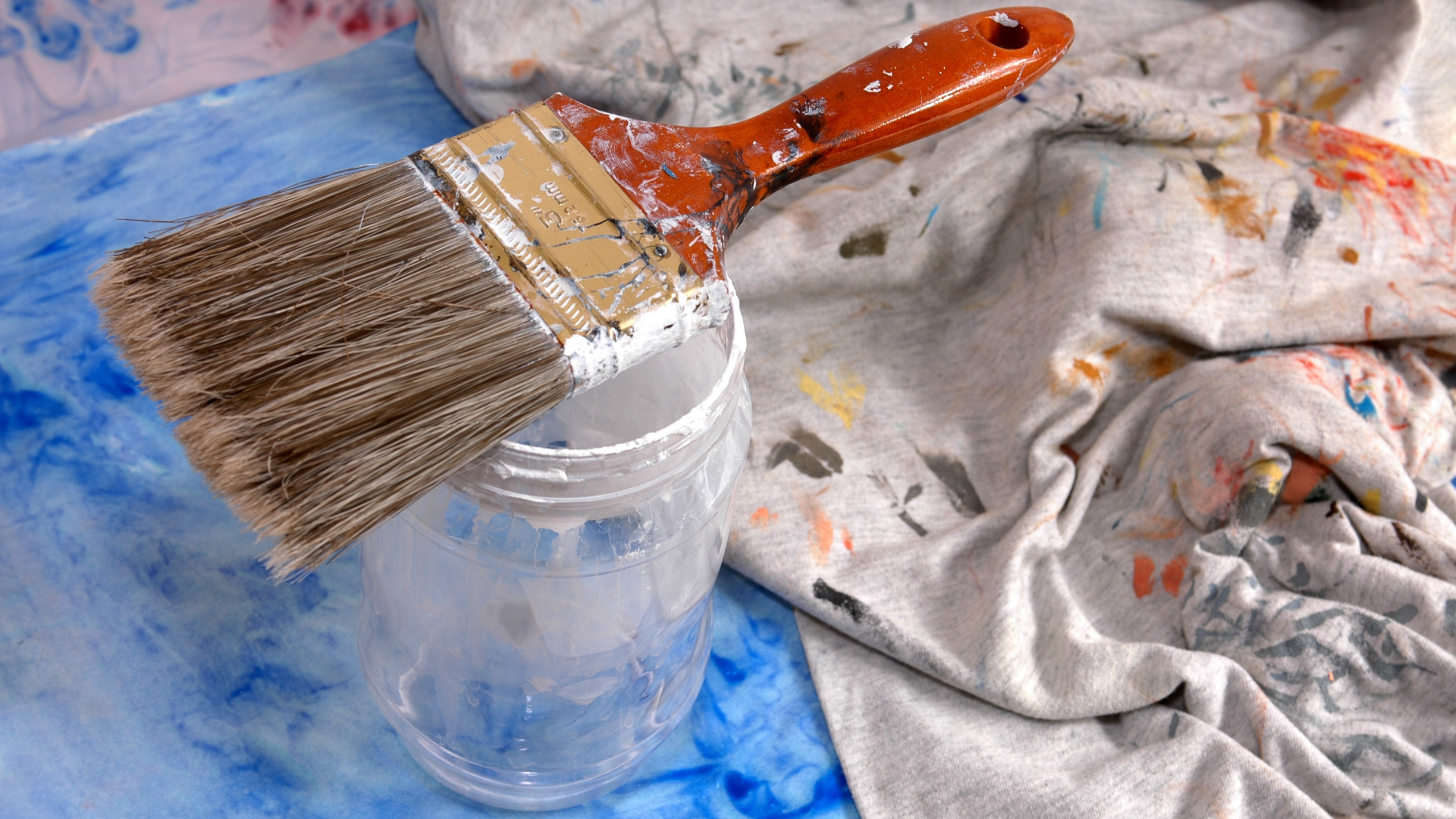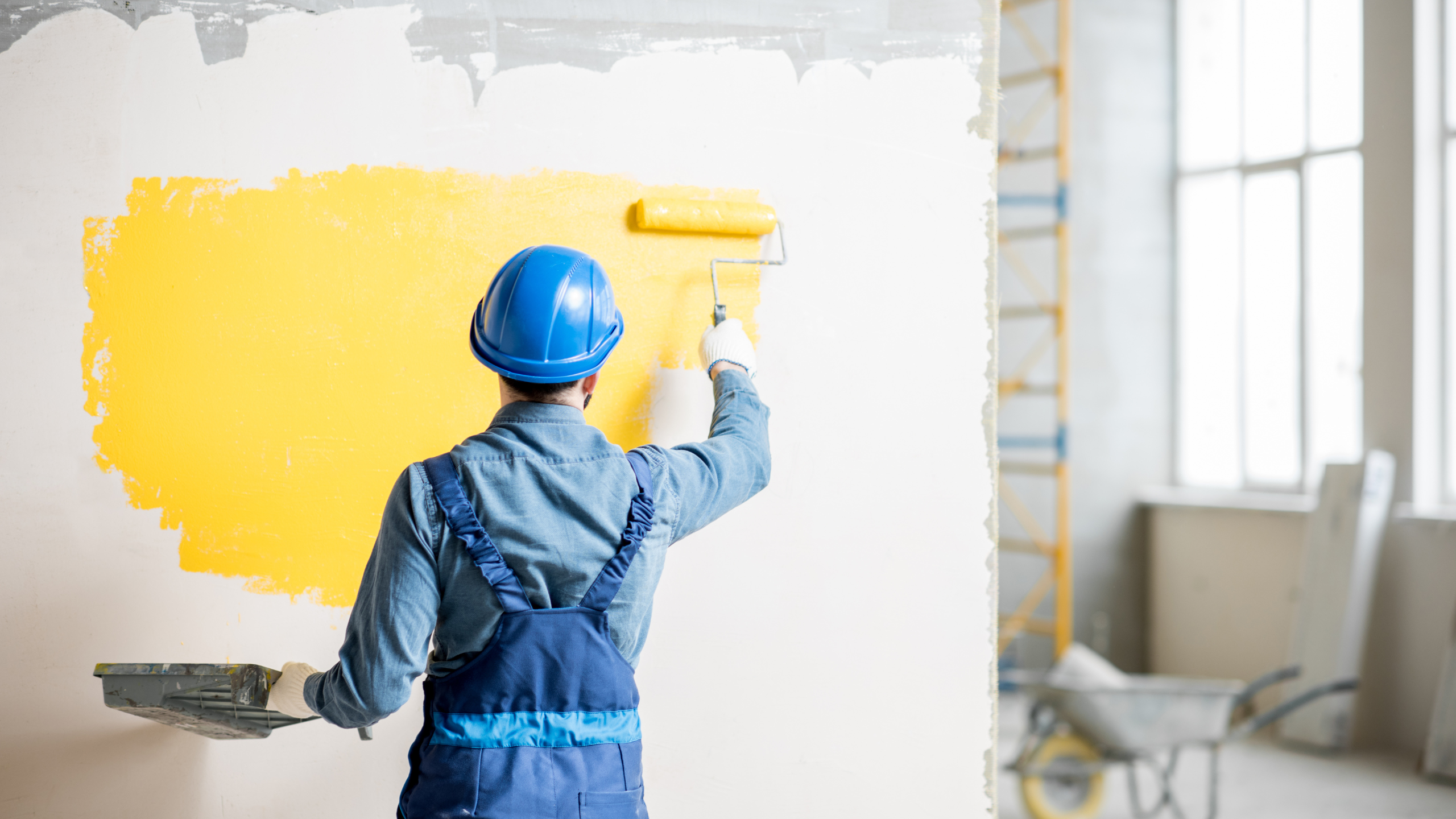There’s nothing good like a brand new coat of paint to transform your homestead or office. A change is always welcome. However, that can quickly turn into a disaster if you follow the wrong painting procedure, use the wrong paints, or use the wrong tools.
While making mistakes in painting is acceptable, identifying the errors and learning from them is the most important. When you are a beginner, identifying your mistakes can be difficult. You may also be able to tell that something is not okay with your painting, but you may struggle to identify the root cause of the problem. If you are a painter, this article is for you. We’ve discussed the mistakes you’re likely to make and the ways you can avoid them.
Not Preparing the Wall for a Paint
Not preparing your surface is one of the mistakes that both new and old painters make before painting. It’s an easy step to skip but avoiding it will make your end job look messy and uneven. Most people will begin their house painting activity without considering the amount of dirt, oil, and dust accumulated on the wall’s surface over time. Even though the wall looks completely clean, starting your job cleaning your surface will save you a lot of headaches and ensure you get better results. Some of the tasks for preparing your walls include peeling old paints, flaking, and scraping glossy surfaces.
Leaving Fixtures Exposed
Many people make the mistake of leaving fixtures uncovered while beginning to paint. The result of this is paint splotched fixtures which are not attractive. Before starting to paint, make sure you cover entirely any fixtures to avoid ruining them. Some of the most common fixtures that are likely to be destroyed while house painting include light switches, doorknobs, and wall plates.
Disregarding the Weather
Paint does not go well with extreme temperatures, so observing the weather is essential if you are beginning a paint project. A high amount of water vapor in the air will delay drying for water-based paints, while freezing weather will prevent paint from drying evenly, resulting in cracking and peeling. On the other hand, extreme heat will dry the paint too quickly, leaving you with an uneven finish.
If you observe that your paint is not applying quickly, then it would be necessary to check with the manufacturer to see the optimal temperatures for the paint. This will help you to make the necessary adjustments, like scheduling the task for another day using a space heater or a portable air conditioner for great results.
Using the Wrong Tools
Not all tools used for house painting are applicable for all uses. Sometimes, a roller might be the best tool for the job, while other times, a paintbrush will do the job perfectly. Besides, if you find yourself struggling with your paint project, check to confirm if you’re using the appropriate brush. Using a natural bristle brush to apply water-based latex paint will make the bristles absorb water, making it a challenge to spread the paint. It’s essential to remember that natural bristle brushes are used for oil-based paints, while synthetic brushes are perfect for water-based paints.
Painting a Wet Surface
It’s vital to ensure that your wall is completely dry before beginning your paint project. After washing the painting surfaces, give them enough time to dry. Also, remember that some bathrooms and the kitchen areas are more exposed to water, requiring more time to dry. This will help avoid blistering and peeling the paint due to the high moisture content underneath.
Using Too Much or Too Little Paint
Using the right amount of paint is essential when painting your walls and other room surfaces. Excess or too little amounts will result in unsatisfactory results. Applying the brush or roller with too much paint will result in drips and streaks on the walls. Also, applying too much paint will extend the drying time. On the contrary, using little paint will result in unwanted texture and make you paint more coats than necessary.
Applying Second Coat Too Quickly
Many painters mistake applying the second layer of paint before waiting for the first layer to dry. Factors like temperature and humidity in the room can affect the drying time of the paint. If you are too quick to reapply the next layer, it can result in peeling paint or visible brush strokes. It’s necessary to go through the instructions on the paint can regarding the dry times between coats. If not written, wait for 24 hours.





